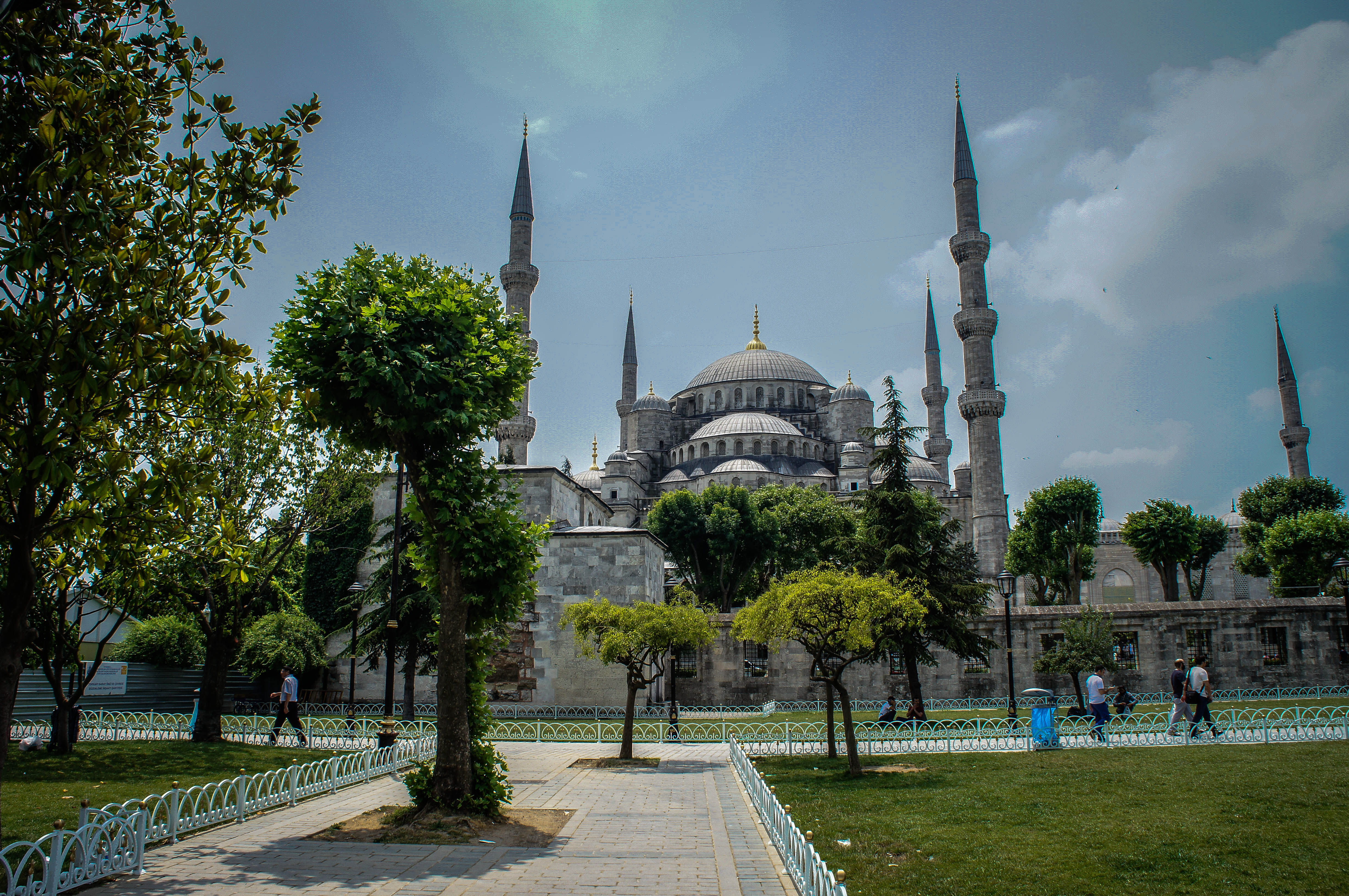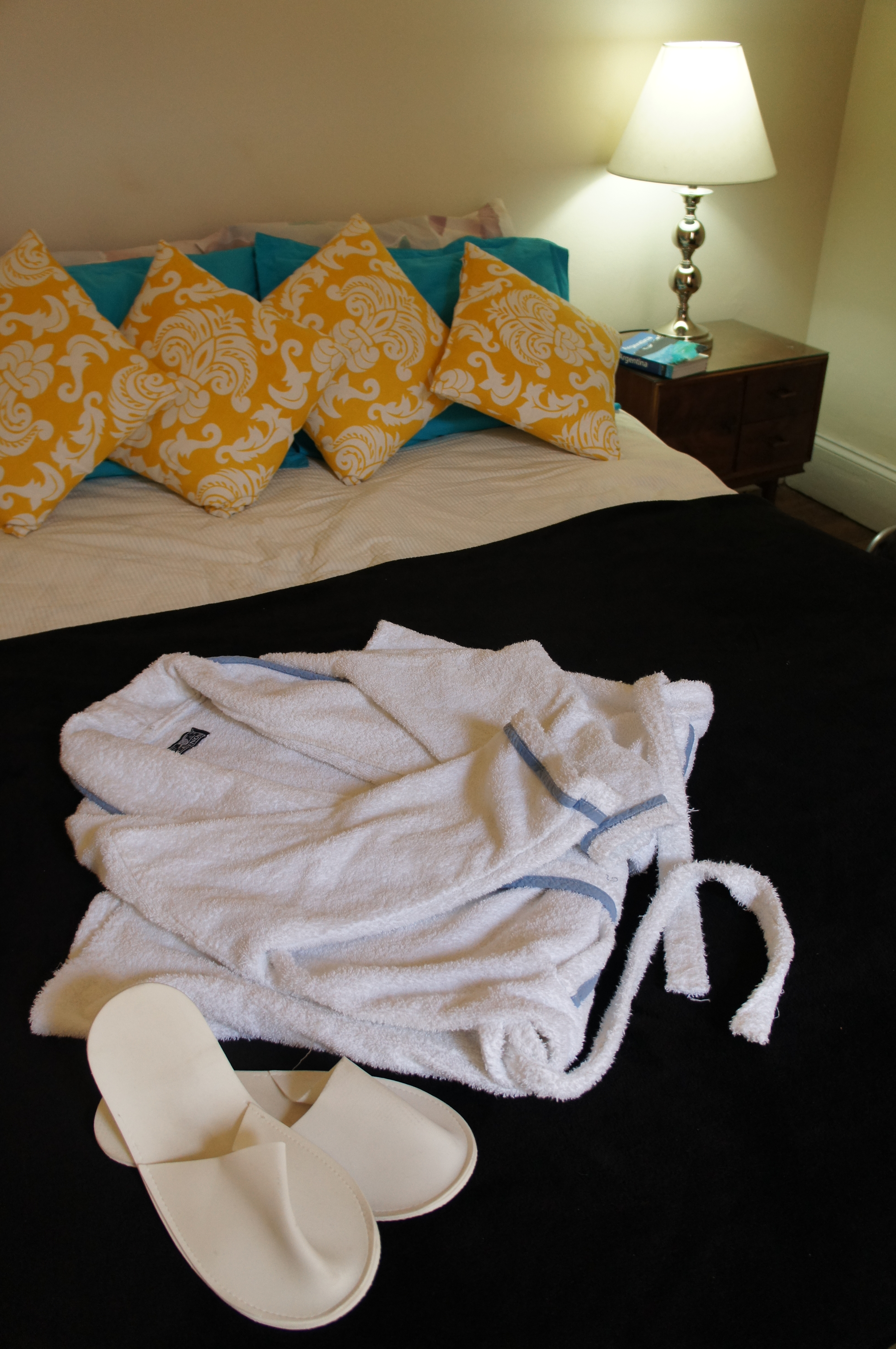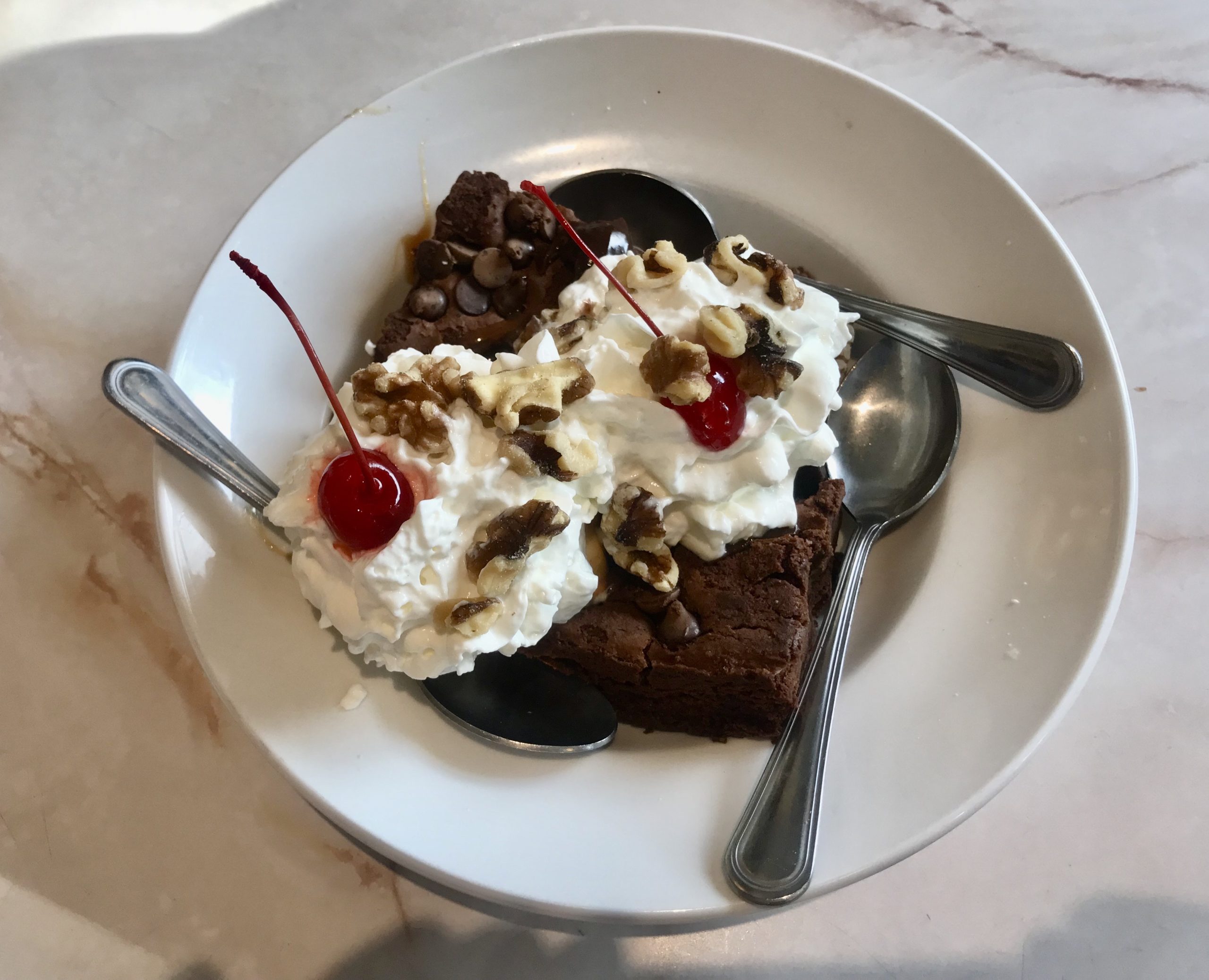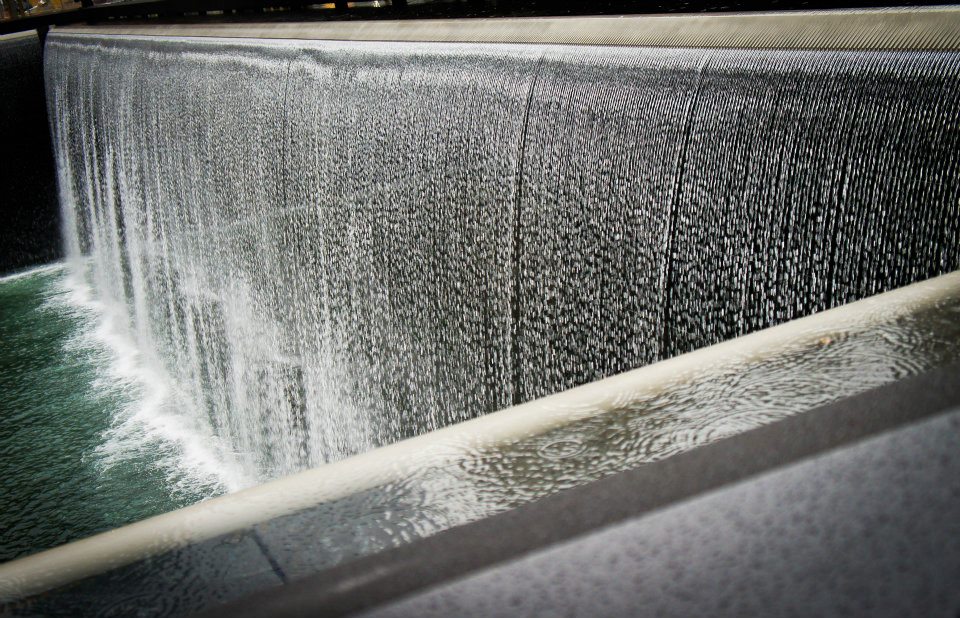After a few days in Istanbul that were spent largely lying around a swimming pool and eating lots of kebap, I finally managed to get myself out of Ortoköy—the busy neighbourhood that my friend Alex lives in—to do some exploring.
Istanbul is a huge city that sprawls endlessly along the banks of the Bosphorus. The fact that the city is on two continents tells you a little about how big it is, however, the area of Sultanahmet—a peninsula that was once Constantinople—is very small. And on this small outcrop protruding out into the Bosphorus, you can find most of the city’s historical sites.
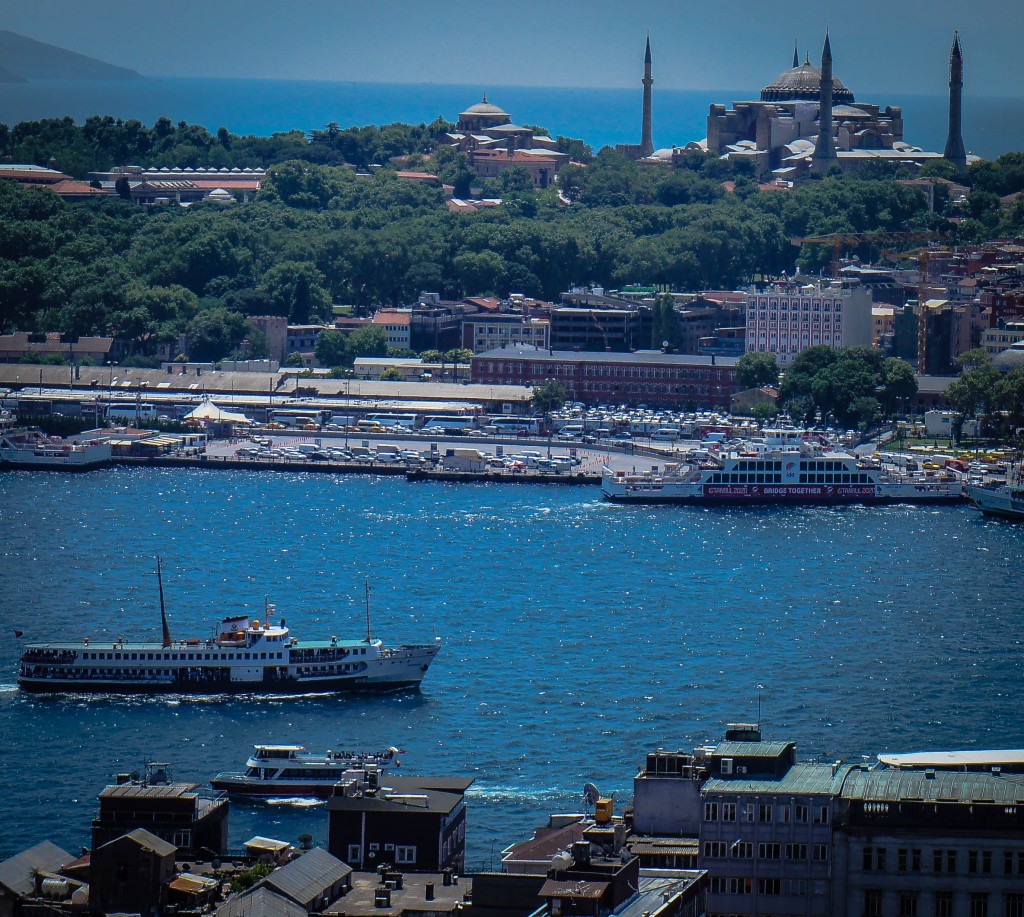
With a glorious July day at my complete disposal, I set off for a walking history lesson.
Aya Sofya
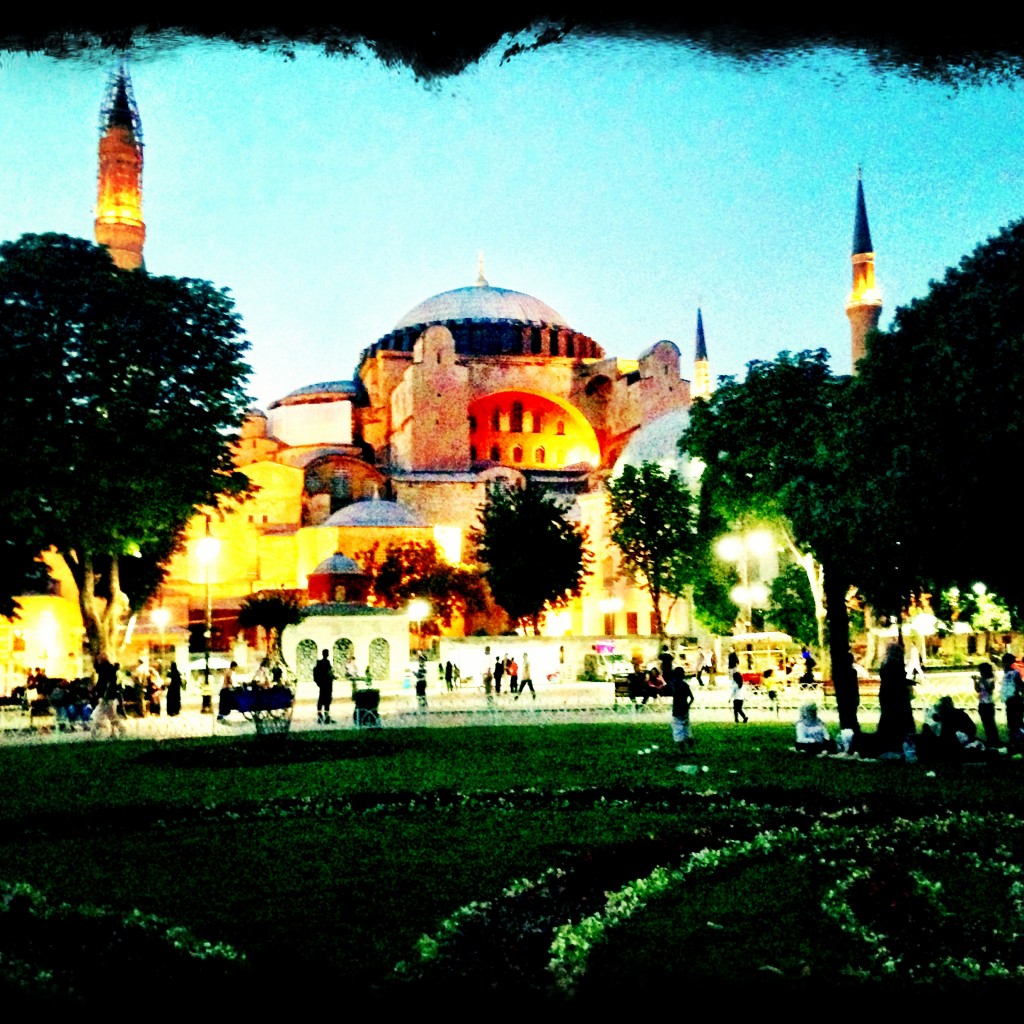
I started off by visiting the Aya Sofya (Hagia Sofia in Greek). Thankfully the queue was not too bad so I didn’t have to wait long before I had paid 25 lira ($13) and headed inside.
There are many impressive things about this building: firstly its age, secondly its incredible historical significance, and thirdly its appearance: both mosque and church—two religions seemingly harmoniously blended together—an unexpected combination that surprisingly works well.
Now used as a museum, preserving aspects of the building’s use as both a church and a mosque, the blend of Christianity and Islam inside the Aya Sofya shows more than on the outside; large medallions displaying script from the Qur’an sit alongside golden frescoes dating back as early as 867. There is no doubt that this building commands the utmost awe from every visitor to pass through the doors: whatever the motivation for visiting.
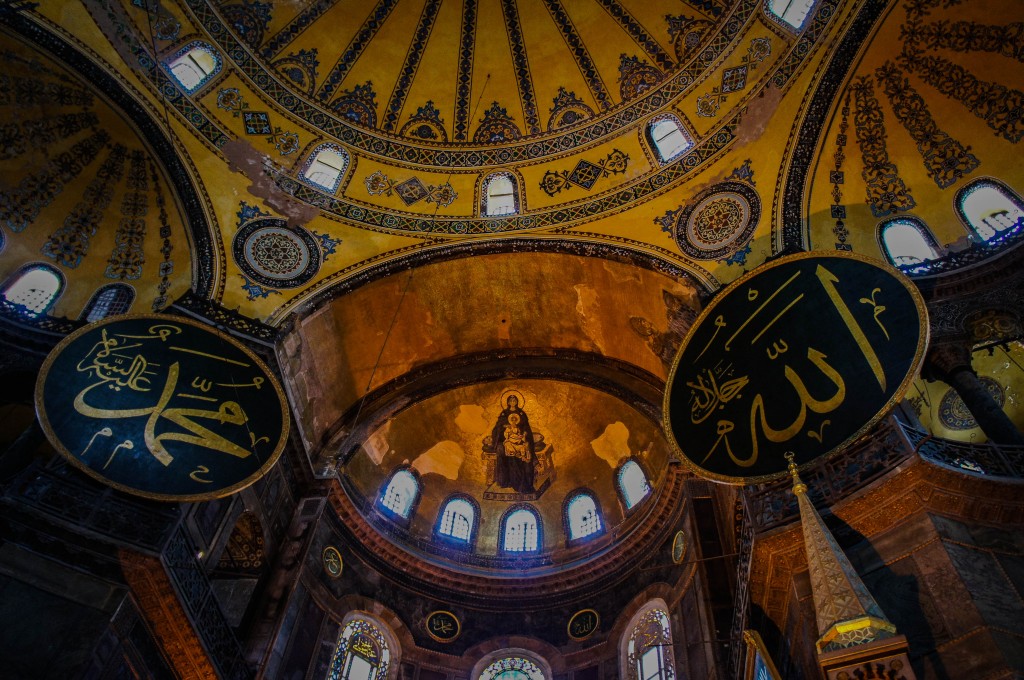
Blue Mosque
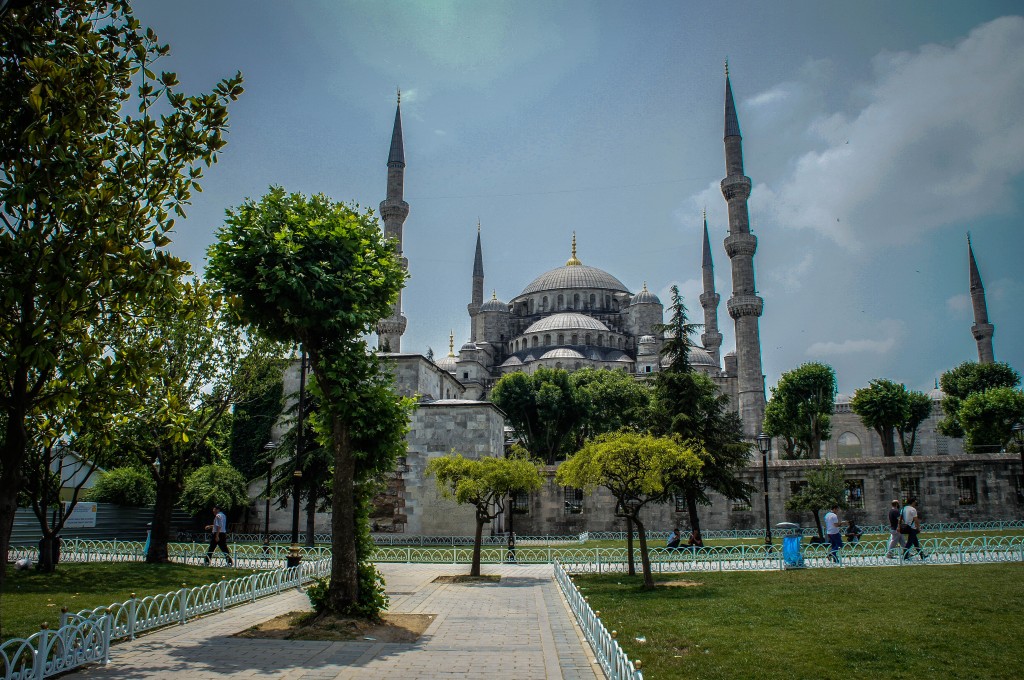
The Blue Mosque was trickier to get into as it closes each prayer time, so I had to go back a few times before I got it right. Once I did it was a short queue again, and, refreshingly, there is no entrance fee. Of course, visitors to the mosque are required to dress respectfully with women covering their head and shoulders, and men covering their legs. If you are not dressed appropriately you will be given garments to cover yourself with. You also remove your shoes, so be prepared for the overwhelming smell of sweat and feet when you first enter the building, bare feet and carpets are not a good combination on a hot day!
The ceiling of the Blue Mosque is adorned with blue tiles, giving the mosque its name. While not as impressive as the Aya Sofya, the Blue Mosque is definitely worth a visit.
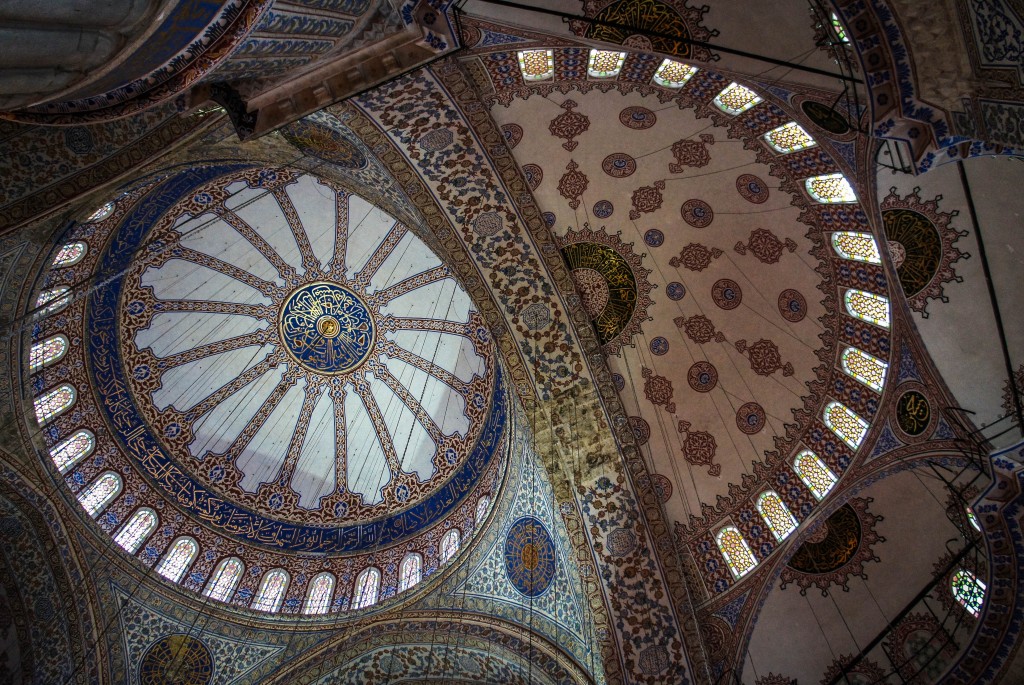
The Basilica Cistern
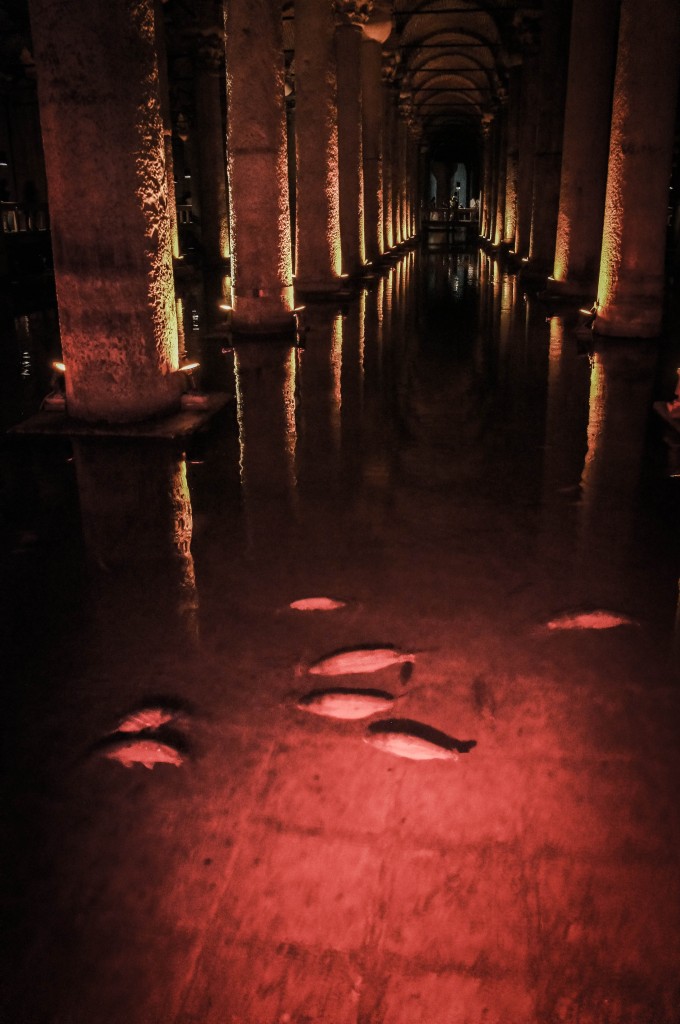
With an unassuming entrance just metres from the Aya Sofya, the Basilica Cistern is a relatively low-key attraction in the area, but one that became my favourite of the day. Dark, dank, and mysteriously atmospheric, the Basilica Cistern dates back to the 6th century—and walking around the dripping caverns watching koi gliding gracefully in the murky waters before disappearing eerily between the columns, makes you wonder how much has changed.
My favourite feature of the cisterns was the large Medusa head carved into the bottom of the huge pillars at the back of the cisterns.
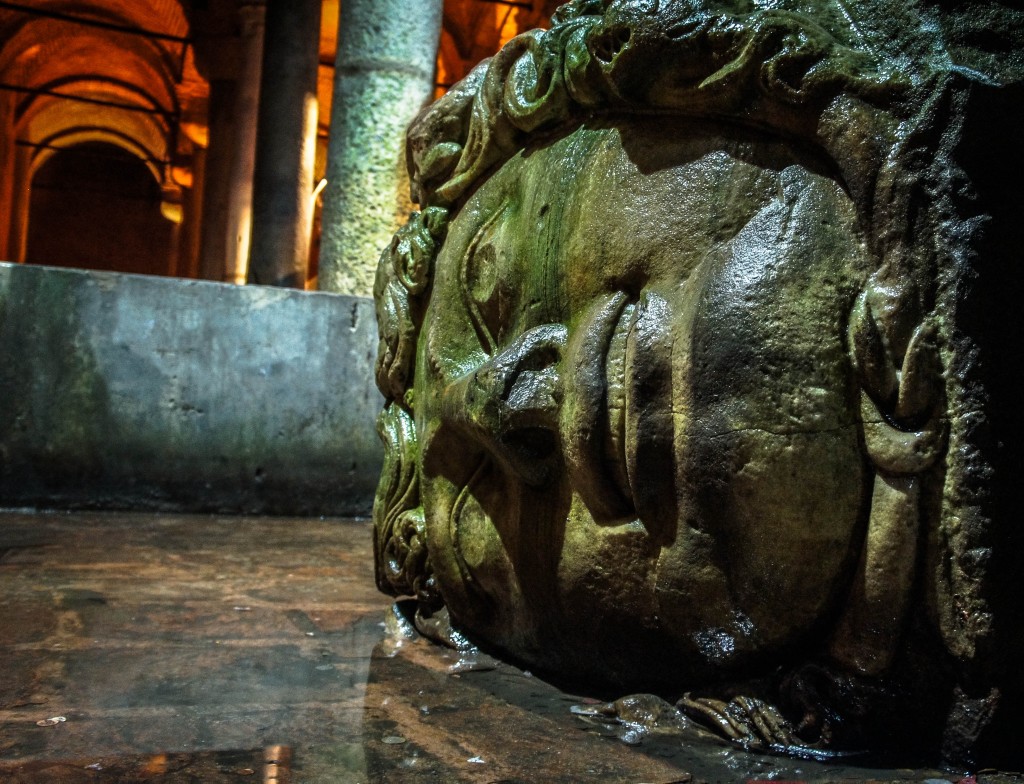
Egyptian Market and Grand Bazaar
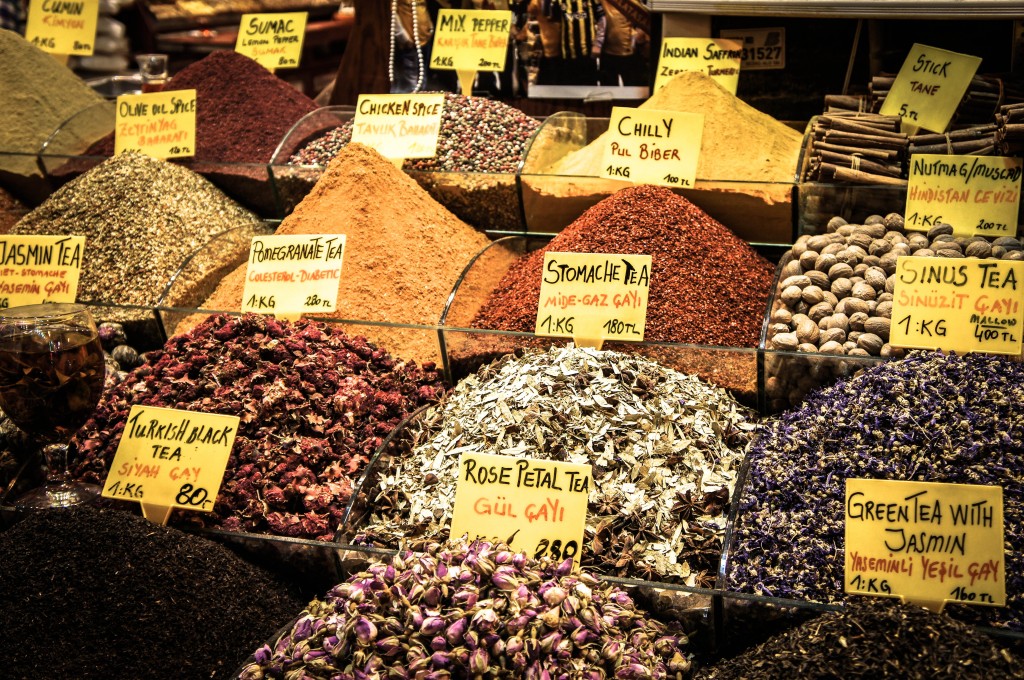
After reaching my fill of history, I decided to visit the famous market places of Istanbul for some retail therapy. The Egyptian Market is more commonly known as the Spice Market, and is definitely worth a wander around just to see the piles of delicious looking lokum on offer. The alleyways of the Grand Bazaar are equally fun to lose yourself amongst, but—as with most popular tourist markets—the wares on sale are all easily found much cheaper elsewhere in Istanbul. Of course, if you are an adept haggler it is worth your while to try your luck at the Grand Bazaar.
What is your favourite Istanbul attraction? Your comments are appreciated, please drop me a line!

